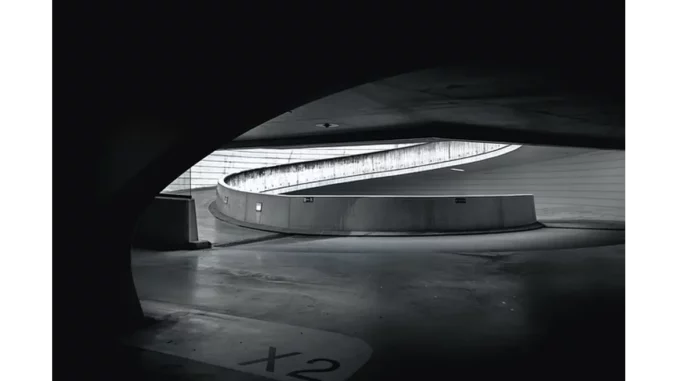
Summary
Steel Garages: The Future of Smart, Sustainable EV Infrastructure
The landscape of electric vehicle (EV) storage is undergoing a significant transformation as steel garages emerge as a pivotal component of the EV revolution. Ethan Rodgers, an engineer with expertise in sustainable infrastructure, highlights the role of these durable and eco-friendly structures in supporting the shift towards smart energy solutions. “Steel is a material that’s both traditional and futuristic,” Rodgers explains, underscoring its strength and recyclability, which align with the sustainable ethos of EV ownership.
Main Article
The Evolution of Vehicle Storage
In a world increasingly driven by electric vehicles, the traditional concept of a garage is being redefined by technological advancements and environmental considerations. At the forefront of this change are steel garages, which are becoming integral to the infrastructure supporting EVs. As Ethan Rodgers explains, these garages are not just storage spaces but are evolving into energy-efficient and sustainable hubs.
Rodgers, an advocate for sustainable development, shares that the resilience of steel is particularly suited to the diverse and often harsh weather conditions in Australia. “Its strength makes it perfect for supporting solar panel installations,” he notes, adding that this capability is becoming essential in modern smart garages. He recounts a scenario in Queensland where a client’s steel garage withstood a cyclone, protecting both the electric vehicle and the solar panels affixed to the roof.
Sustainability at the Forefront
The sustainable attributes of steel cannot be overstated. As Rodgers highlights, steel’s recyclability is a major draw for environmentally conscious consumers. “People who invest in EVs often care deeply about reducing their carbon footprint,” he asserts. The life cycle of steel allows for old structures to be repurposed into new ones without losing their intrinsic qualities, making it a perfect fit for the eco-friendly ethos associated with electric vehicle ownership.
This adaptability not only supports the environmental goals of consumers but also offers economic advantages. Rodgers emphasises that the recyclability of steel contributes to a circular economy, where materials are reused and waste is minimised, aligning with the broader global push towards sustainable resource management.
Energy-Generating Capabilities
The potential for steel garages to become energy-generating hubs is another compelling aspect. With the integration of smart technology, these structures are capable of producing, storing, and even redistributing energy back to the grid. Rodgers shares a case study where a family transformed their conventional garage into a smart energy hub, achieving significant reductions in their energy bills. “It’s a win-win situation,” he explains, as the initial investment is offset by long-term savings and environmental benefits.
Rodgers further notes that the economic incentives for such installations are growing. While upfront costs can be a barrier, government incentives and increasing public awareness are making these projects more accessible. “As technology advances, these garages will continue to evolve,” he predicts, seeing them as key players in the transition to sustainable energy solutions.
Customisation and Consumer Needs
The ability to customise smart garages to meet individual needs is another factor driving their popularity. Rodgers explains that each household’s requirements can vary significantly, from additional storage space to maximising energy production. By working closely with clients, his team ensures that garages are both functional and aesthetically pleasing.
A notable project involved designing a customised steel garage for a couple newly committed to EVs. “They were excited about making their home as green as possible,” Rodgers recalls. The resulting garage featured integrated solar panels and smart charging stations, tailored specifically to their lifestyle. This personalised approach highlights the potential for smart garages to cater to diverse consumer needs while promoting sustainability.
Detailed Analysis
The shift towards steel garages reflects broader economic and environmental trends. As the automotive industry transitions to electric vehicles, supporting infrastructure must adapt to new technological and sustainability demands. Steel, with its durability and recyclability, offers a solution that is both practical and aligned with the priorities of modern consumers. The move towards smart garages is emblematic of a larger societal shift towards sustainable living and energy independence. This trend is further supported by policy initiatives aimed at reducing carbon emissions and promoting renewable energy, suggesting that steel garages will play an increasingly important role in the future of vehicle storage.
Further Development
Looking ahead, the development of smart, sustainable garages is poised to gain momentum. As technology continues to progress, these structures are expected to offer even more sophisticated energy solutions and customisation options. To stay abreast of this evolving landscape, readers can anticipate further coverage on advancements in EV infrastructure and government policies that support sustainable development. As Rodgers emphasises, the future of vehicle storage is both smart and sustainable, promising ongoing innovation in the pursuit of a greener future.

